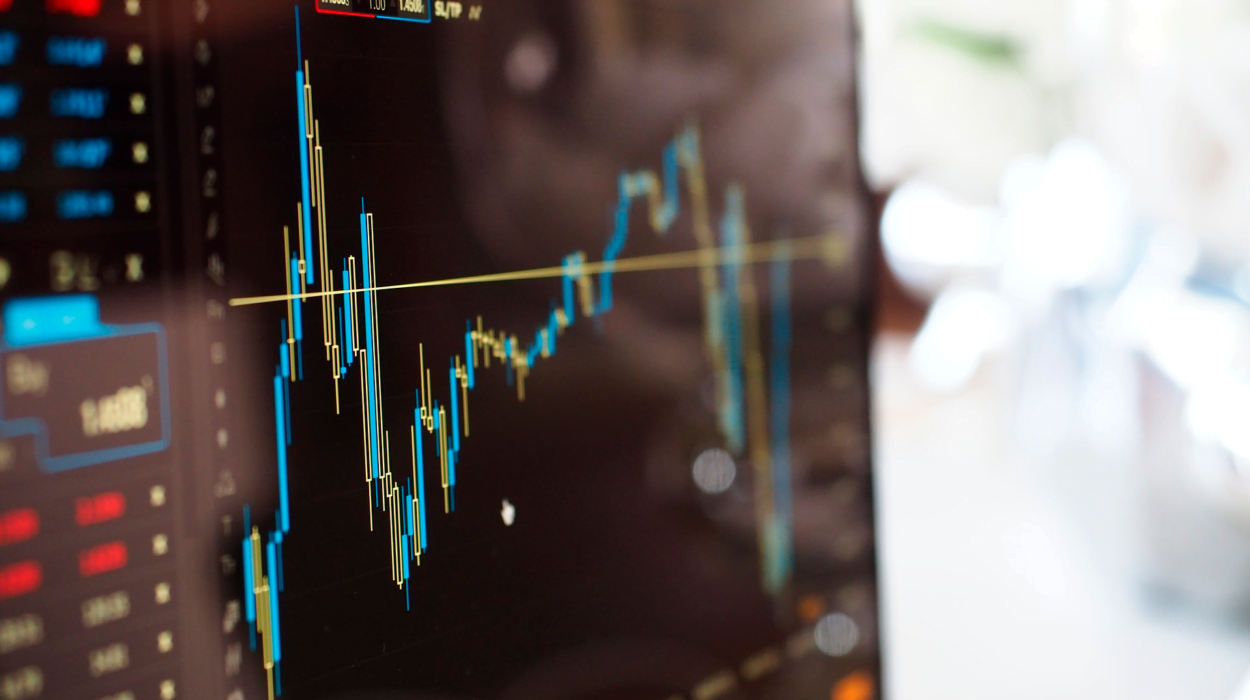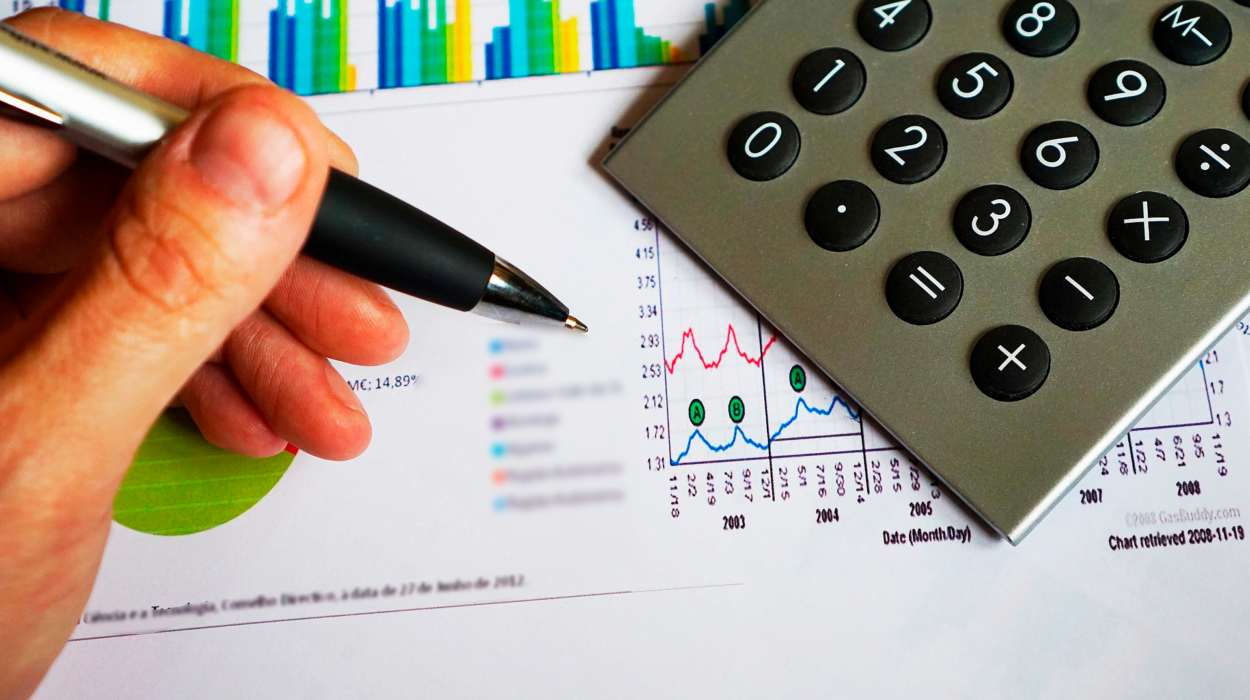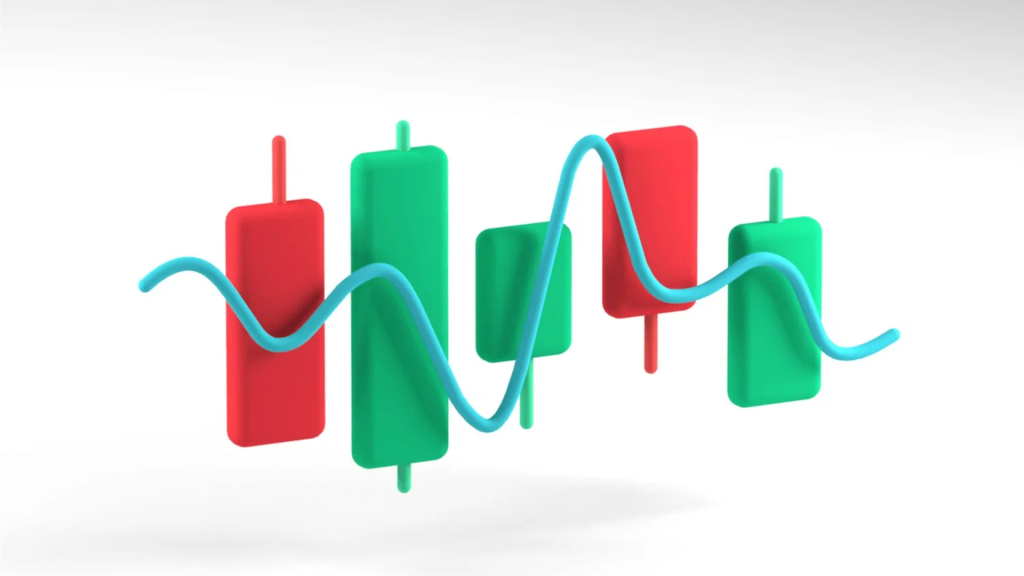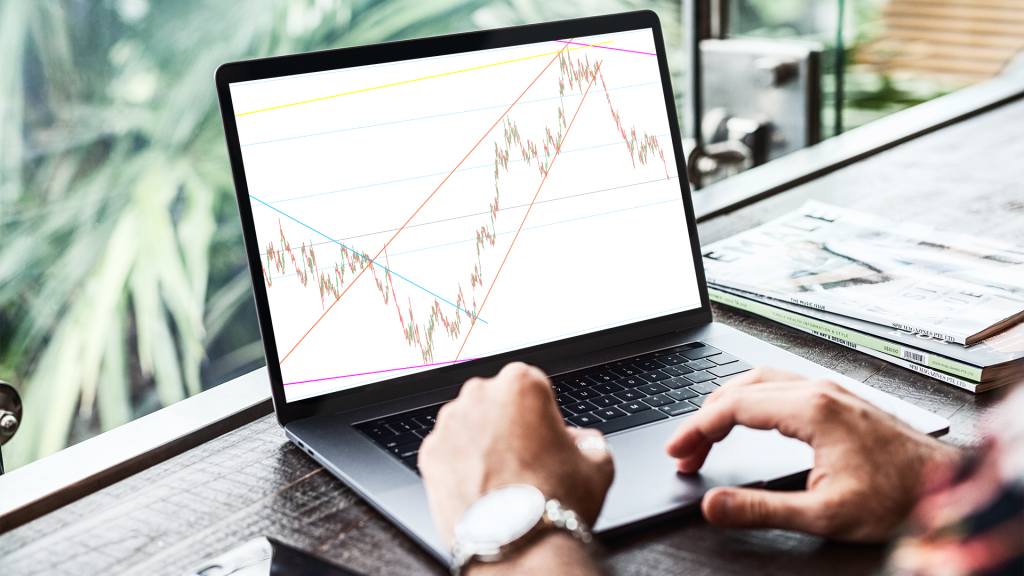Technical Analysis vs Fundamental Analysis is a discussion that has been around for a long time regarding trading.
Both analyses are popular methods used by investors and traders to evaluate securities and assets. Also, both approaches have their own strengths and weaknesses, but which one is best?
Let’s start from the beginning!
Technical analysis is a method of predicting the future price movements of a security based on its past performance. Technical analysts believe that the market is efficient, meaning that all available information is already reflected in the price of a security. Therefore, technical analysts focus on analyzing charts and other technical indicators to identify trends and patterns that can be used to make predictions about future price movements.
One of the key advantages of technical analysis is that it is objective and data-driven. In this type of analysis, technical analysts use a variety of tools and techniques, such as trend lines, moving averages, and oscillators, to analyze historical price data and identify patterns and trends. This can provide a clear and unbiased view of the market and help traders make more informed decisions.
However, technical analysis also has its limitations. One of the biggest criticisms of technical analysis is that it is based on the assumption that past performance is indicative of future performance. This assumption may not always be true, and relying too heavily on technical analysis can lead to inaccurate predictions and potentially costly mistakes.

Fundamental analysis, on the other hand, is a method of evaluating a security based on its underlying value. Fundamental analysts believe that the true value of a security is determined by the underlying factors that drive the performance of the company or asset, such as its earnings, revenue, and management. By analyzing these and other fundamental factors, fundamental analysts aim to determine the intrinsic value of a security and compare it to its market price.
One of the key advantages of fundamental analysis is that it takes into account a wide range of factors that can impact the value of a security. This can help investors make more informed decisions and avoid overpaying for a security. Additionally, fundamental analysis can provide valuable insights into a company’s long-term prospects and potential risks, which can be useful for investors with a long-term horizon.
However, fundamental analysis also has its limitations. One of the biggest criticisms of fundamental analysis is that it is subjective and can be subject to interpretation. Different analysts may have different opinions on the intrinsic value of a security, which can lead to disagreement and confusion. Furthermore, fundamental analysis can be time-consuming and require a significant amount of research, which may not be practical for traders who need to make quick decisions.

Both technical analysis and fundamental analysis are valuable tools for investors and traders. Technical analysis provides a data-driven, objective approach to analyzing securities, while fundamental analysis offers insights into the underlying factors that drive the performance of a security. That’s why many investors use a combination of both approaches in their decision-making process, as each can provide valuable insights and help to reduce risk.
Technical Analysis vs Fundamental Analysis: Which one do you think is best? Let us know!
Got a comment on this article? Join the conversation on Facebook, Twitter or LinkedIn and share your thoughts.

Amândio Luís



Amândio Luís
| Cookie | Duration | Description |
|---|---|---|
| cookielawinfo-checkbox-advertisement | 1 year | Set by the GDPR Cookie Consent plugin, this cookie is used to record the user consent for the cookies in the "Advertisement" category . |
| cookielawinfo-checkbox-analytics | 11 months | This cookie is set by GDPR Cookie Consent plugin. The cookie is used to store the user consent for the cookies in the category "Analytics". |
| cookielawinfo-checkbox-functional | 11 months | The cookie is set by GDPR cookie consent to record the user consent for the cookies in the category "Functional". |
| cookielawinfo-checkbox-necessary | 11 months | This cookie is set by GDPR Cookie Consent plugin. The cookies is used to store the user consent for the cookies in the category "Necessary". |
| cookielawinfo-checkbox-others | 11 months | This cookie is set by GDPR Cookie Consent plugin. The cookie is used to store the user consent for the cookies in the category "Other. |
| cookielawinfo-checkbox-performance | 11 months | This cookie is set by GDPR Cookie Consent plugin. The cookie is used to store the user consent for the cookies in the category "Performance". |
| elementor | never | This cookie is used by the website's WordPress theme. It allows the website owner to implement or change the website's content in real-time. |
| JSESSIONID | session | The JSESSIONID cookie is used by New Relic to store a session identifier so that New Relic can monitor session counts for an application. |
| viewed_cookie_policy | 11 months | The cookie is set by the GDPR Cookie Consent plugin and is used to store whether or not user has consented to the use of cookies. It does not store any personal data. |
| Cookie | Duration | Description |
|---|---|---|
| __cf_bm | 30 minutes | This cookie, set by Cloudflare, is used to support Cloudflare Bot Management. |
| messagesUtk | 1 year 24 days | HubSpot sets this cookie to recognize visitors who chat via the chatflows tool. This cookie is used to recognize visitors who chat with us via the messages tool. If we chat with a visitor who later returns to the website in the same cookied browser, the messages tool will load their conversation history. |
| Cookie | Duration | Description |
|---|---|---|
| __hssc | 30 minutes | This cookie keeps track of sessions. This is used to determine if HubSpot should increment the session number and timestamps in the __hstc cookie |
| __hstc | 13 months | The main cookie for tracking visitors. It contains the domain, utk, initial timestamp (first visit), last timestamp (last visit), current timestamp (this visit), and session number (increments for each subsequent session). |
| _ga | 2 years | This cookie is installed by Google Analytics. The cookie is used to calculate visitor, session, campaign data and keep track of site usage for the site’s analytics report. The cookies store information anonymously and assigns a randomly generated number to identify unique visitors. |
| _gat | 1 minute | This cookie is installed by Google Universal Analytics to restrain request rate and thus limit the collection of data on high traffic sites. These are third party cookies that are placed on your device to allow us to use the Google Analytics service. These cookies are used to collect information about how visitors use our website. We use this information to compile reports. |
| _gat ok __hs_opt_out | 13 months | This cookie is used by the opt-in privacy policy to remember not to ask the visitor to accept cookies again. |
| _gid | 1 day | This cookie is installed by Google Analytics. The cookie is used to store information of how visitors use a website and helps in creating an analytics report of how the website is doing. The data collected including the number visitors, the source where they have come from, and the pages visited in an anonymous form. |
| hubspotutk | 13 months | This cookie keeps track of a visitor's identity. It is passed to HubSpot on form submission and used when deduplicating contacts. |
| mautic_device_id | 12 months | Used by Mautic to track the Contact for either the tracking pixel or if the same key is not found in the brower's local storage for the monitored site. |
| tk_lr | 11 months | This cookie is set by JetPack plugin on sites using WooCommerce. This is a referral cookie used for analyzing referrer behavior for Jetpack |
| tk_or | 4 years | This cookie is set by JetPack plugin on sites using WooCommerce. This is a referral cookie used for analyzing referrer behavior for Jetpack |
| tk_r3d | 3 days | The cookie is installed by JetPack. Used for the internal metrics for user activities to improve user experience |
| Cookie | Duration | Description |
|---|---|---|
| oc_sessionPassphrase | session | No description available. |
| ocs09emfxnq1 | session | No description |


Technical Analysis vs Fundamental Analysis – What’s the difference?
Fundamental Analysis, Learning to invest, Technical Analysis Beatriz Costa 0